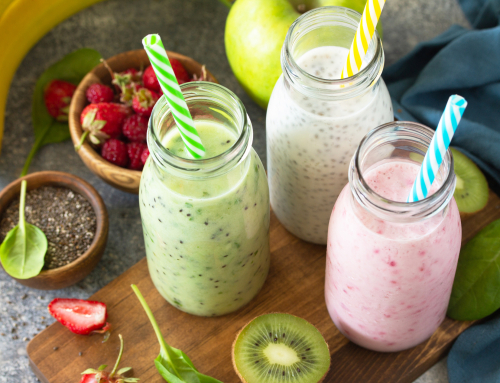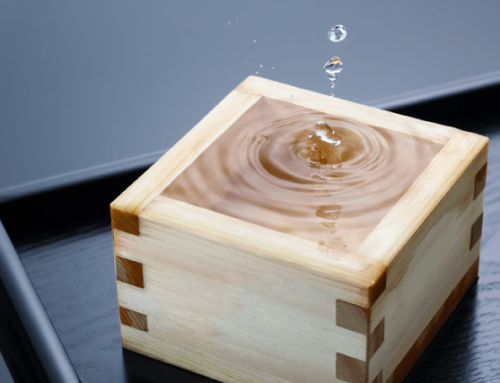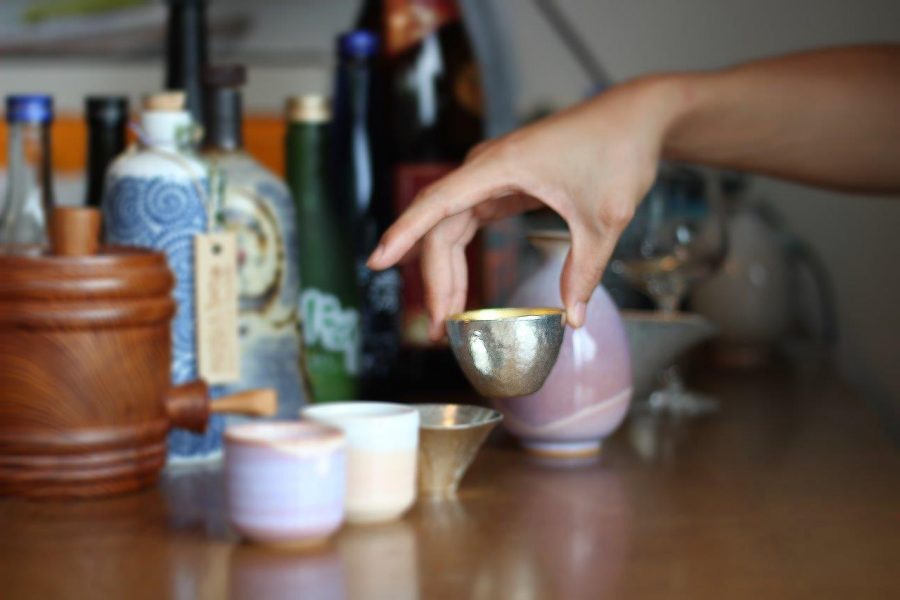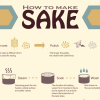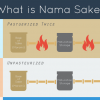Contents
Rice is the raw material of sake. However, it doesn’t mean that all of the rice ends up becoming sake.
So what goes on with the rice that isn’t used?

How to use rice
The polishing rate (40%, 50%, 70%, etc.) on the sake label indicates the ratio of the weight of white rice after polishing to the weight of brown rice. You may be wondering, “What happens to the rest?”
However, they are never discarded, even if they are deemed unnecessary.
With “rice”, the skin is removed during the polishing phase. This is called “bran”, and the bran near the surface in the initial stage is used as feed and fertilizer, and for pickling. By removing it further, “bran” becomes whiter and, depending on its quality, is used as a raw material for other foods and cosmetics (primarily basic cosmetics such as lotions and emulsions). In addition, the “sake lees” that remains when squeezing the mash and separating the sake, is used to make amazake, nara-zuke, kasu-zuke, kasu soup, etc. In this way, the by-products produced in the manufacturing process are also being transformed into various forms of goods.
Efficacy of sake lees

- Make healthy bones and muscles
- Prevent virus infection
- Reduce body fatigue and inflammation
- Prevention of diabetes
- Prevention of hypertension
- Prevention of cerebral infarction
- Lower cholesterol levels
- Improvement of allergy predisposition
- Prevention of cancer
- Prevention of osteoporosis
- Diet benefit
- Skin beautifying effect
There are so many effects, and if these are true then wouldn’t you like to try it?
Therefore, we would like to introduce arrangement methods of sake lees that can be made at home.
A simple arrangement of sake lees that can be made at home

Sake lees cream cheese
Simply mix!
There is no doubt that you will enjoy sake lees on crackers.
◆ Ingredients
・ 60g sake lees
・ 40g cream cheese
・ 1 tablespoon honey
◆How to make
- Ratio of about 6:4 sake lees and cream cheese, and put honey on a plate. This is only a rough guide, so please feel free to adjust to your preference.
- Heat in a microwave for about 1 minute to soften.
- Mix with a fork.
- If it is mixed overall then it is ready!
- Put on a cracker and enjoy.
Sake lees with tofu and sesame seeds
Just crush, mix, and decorate. Super easy recipe!
◆Ingredients
・Sake lees
・Tofu
・Miso
・Sugar
・Grated sesame
・Vegetables of choice (boiled)
◆How to make
- Put the sake lees, tofu, miso, sugar and sesame all in a bowl
- Crush 1. and mix.
- Add the boiled vegetables to 2.
☆ As for the vegetables, spinach, carrots, spring chrysanthemum, komatsuna, etc. go very well with the dish.
Sake lees pickles
You can pickle your favorite vegetables so it will be fun to make.
◆Ingredients
・ 1.5kg sake lees
・ 30cc shochu
・ 30cc mirin
・ 300g sugar
・ Vegetables of choice
◆How to make
- Mix the sake lees, shochu, mirin and sugar well and knead.
- Pickle your favorite vegetables in 1. for 3 to 4 hours
Sake lees cream
Delicious when spread on bread! Easy cream recipe
◆Ingredients
・ 2 tablespoons sake lees (kneaded)
・ 1 tablespoon soybean flour・ 30cc mirin
・ 1 tablespoon condensed milk
・ Small amount of grated ginger
◆How to make
1.Mix everything.
☆If you feel that the mixture is hard when kneading, adjust with milk.
How do I get a hold of sake lees?
Our guess is that you haven’t seen sake lees being sold very often.
In the United States, it seems that they cannot be sold, are not used, and are simply thrown away.
If you would like to try using sake lees and try certain arrangements, then some sake breweries may give you some if you ask.
Conclusion
How was it?
There are many benefits to sake lees, as well as arrangements.
Definitely give some of them a try!




